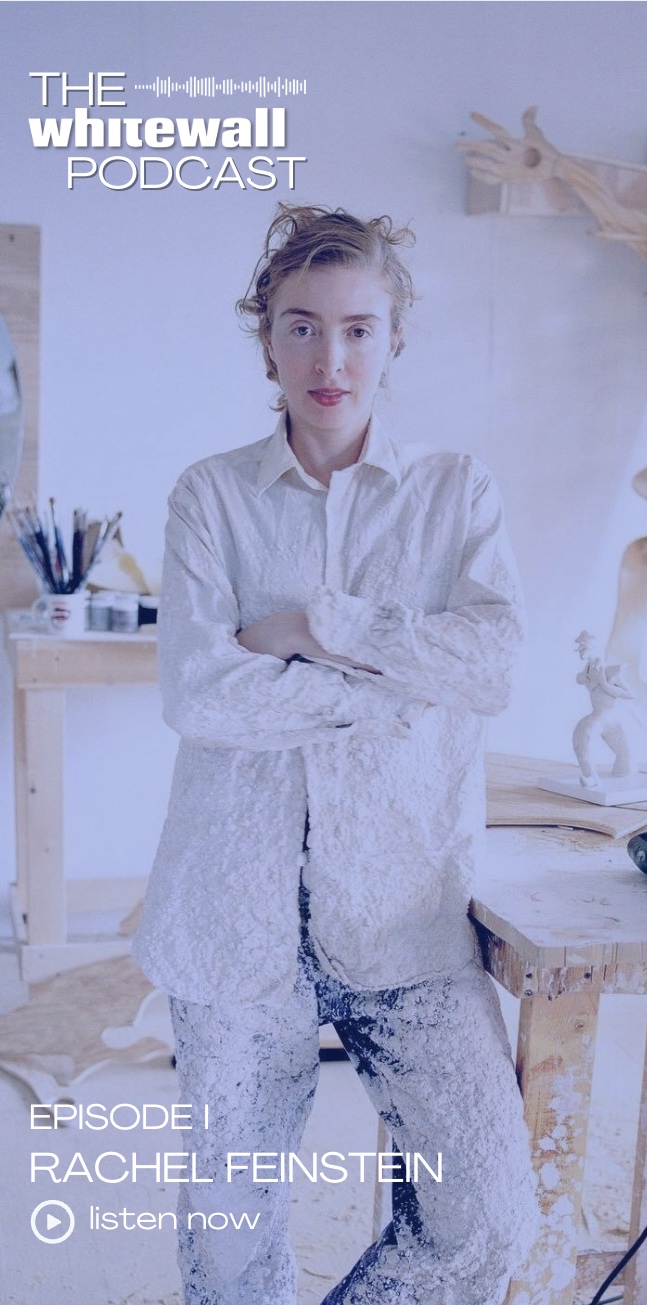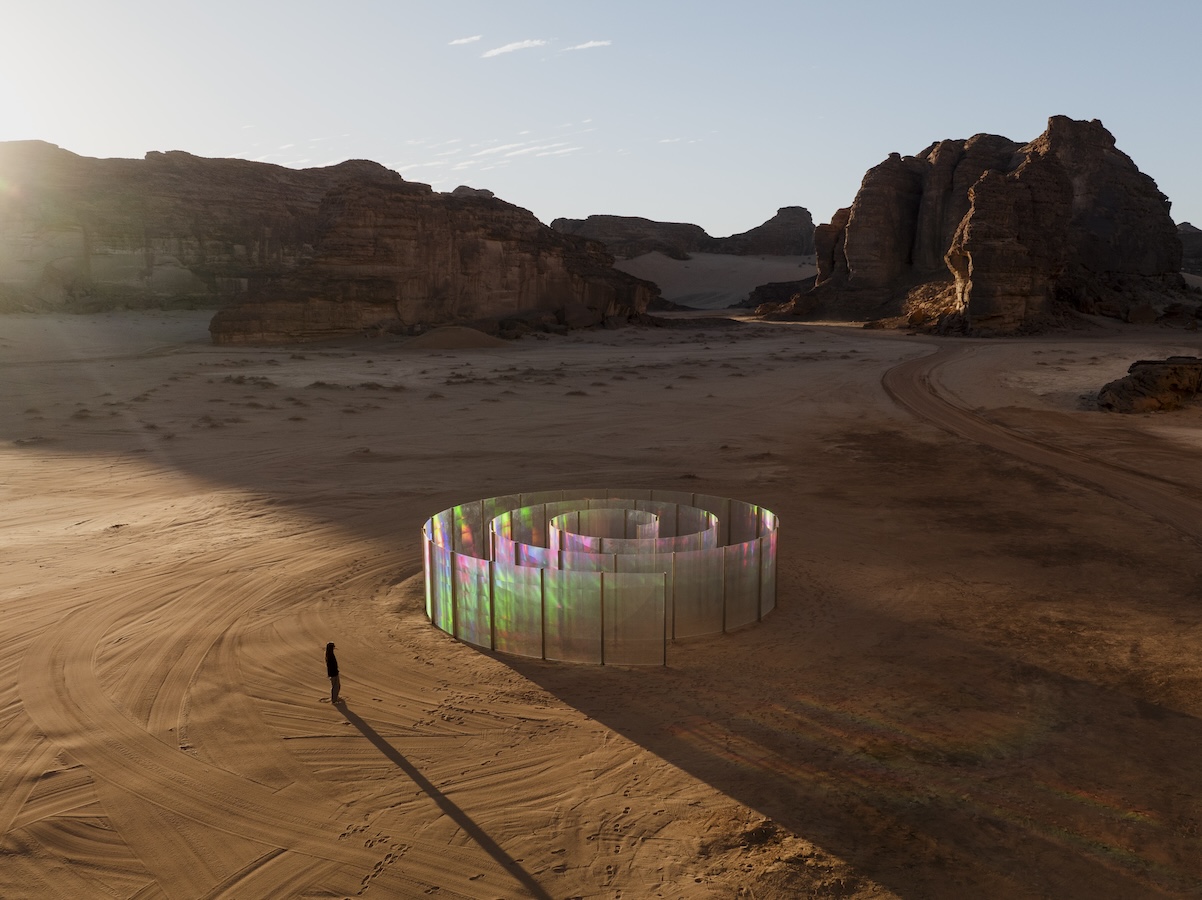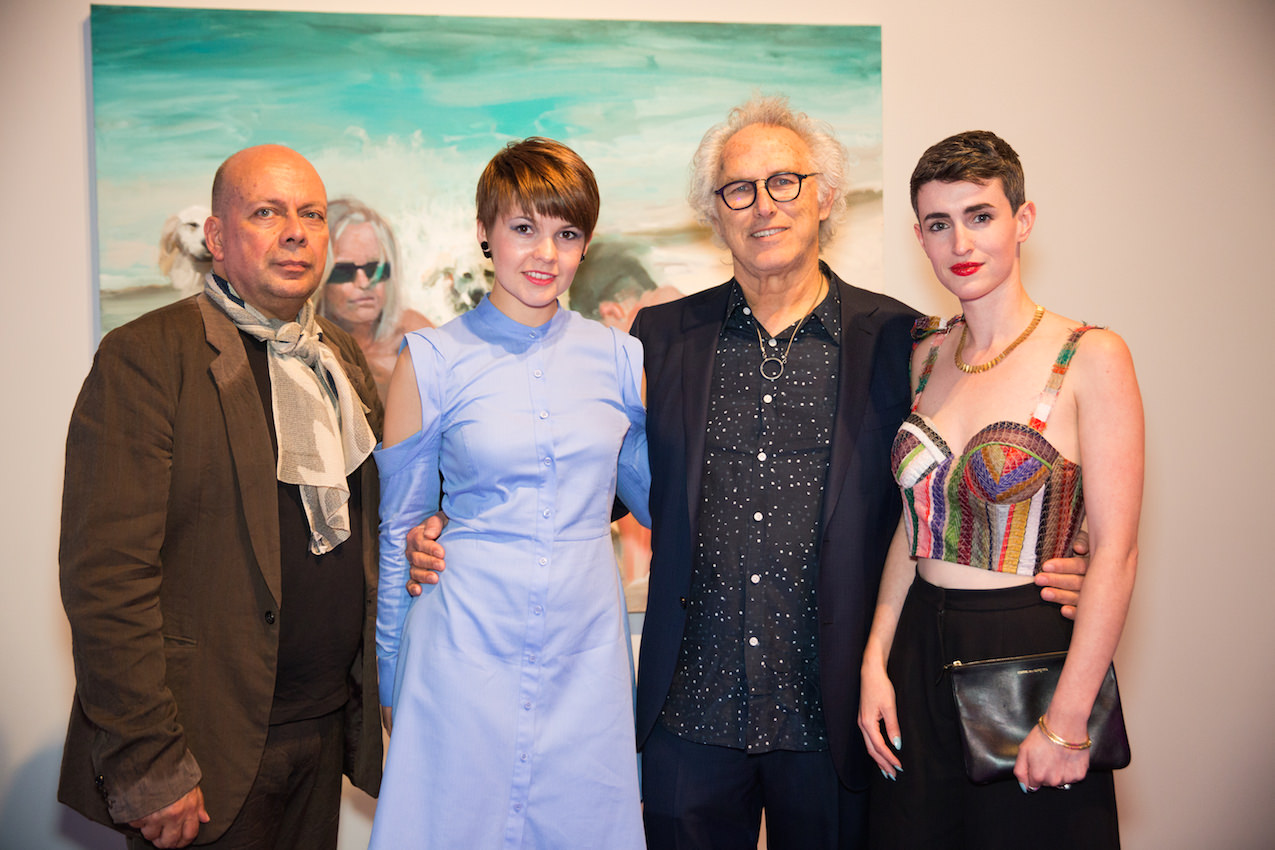This week’s “In The Mag” is an excerpt from our winter 2013 Luxury Issue with curator Neville Wakefield. When we spoke with him, his most recent project had been working as the global curator for Nike’s Flyknit Collective. He invited designers and artists around the world (like Ernesto Neto in Rio and Jenny Sabin in New York) to create pavilions responding to local communities employing the innovative Flyknit technology.
———-
Neville Wakefield is a well of distilled insights. Like Robert Smithson’s Rundown (1969), his exhibitions and the texts that he writes for catalogues of work by artists such as Richard Prince and Nate Lowman are seductive and engrossing. His stance has evolved beyond post-structuralism to place greater emphasis on experience and cultural mutation. Our conversation blossomed like rock candy in a jar, presenting arguments that were jagged yet crystal-clear.
WHITEWALL: You’ve found outlets for your curating across commercial and institutional platforms. Although video seems to be a favorite, what is the jumping-off point from which your curatorial instinct soars?
NEVILLE WAKEFIELD: I am interested in the way that art interrupts experience, not in the way it follows predictive patterns. The kind of curating that annoys me or doesn’t mean anything to me uses objects to illustrate a thesis. That seems to do a disservice to the art, because it’s playing second fiddle to some idea that is not related necessarily. I do think that the whole point of curating is to write by other means. I just think that it can, the writing even, be open-ended. Curated shows are just continuations of conversations. It’s always about the artist and their idea. As a curator, you plant the seed and it becomes something else that you can’t predict.
WW: The spontaneity of that ensues is what relates a contemporary exhibition to reality. It allows the work to seduce the viewer in its own right, and allows you as curator to be translator and devil’s advocate simultaneously.
NW: Which is also kind of one of my attractions to writing, where rhetoric has its own persuasive power. That kind of seduction where you get on somebody else’s train of thought even if you don’t believe it is a hard thing to achieve. I’m interested in that kind of friction. I do think art is one of the few places that is interesting, because you can fail publicly. I think writing also has that potential where you can write about failure in a beautiful way.
WW: Do you think being a freelance curator has changed your outlook or tendencies as a producer?
NW: The whole thing has become fairly commercialized. We go to the same art fairs, we see a lot of the same art at different art fairs. We live in terms of gluttony. There’s this kind of bulimic approach to how you’re presented with these all-you-can-eat buffets. You get stuffed; it’s gorge and purge. That’s how I feel when I go to an art fair. It’s not bullshit; it’s a marketplace. It serves a function. In the early days of it being a marketplace, it was a cross-sectional view of what was going on. It spoke to something greater than itself. Now it has a tough time doing that. It seems like a yard sale for rich people.
To read the full article pick up a copy of the magazine out now, or purchase it HERE.











